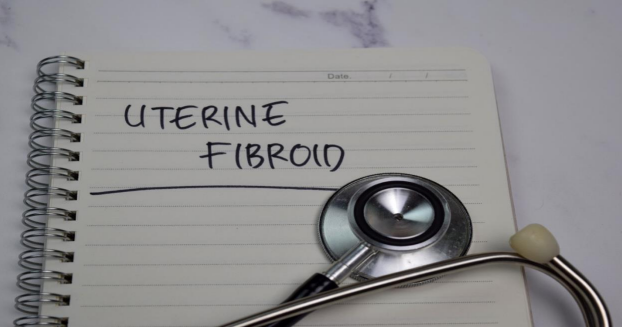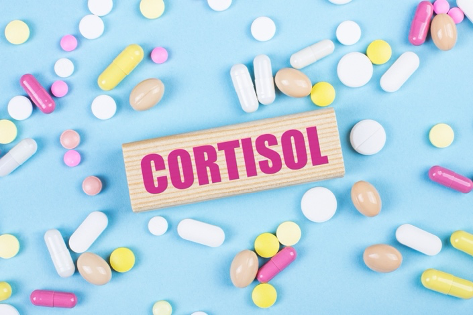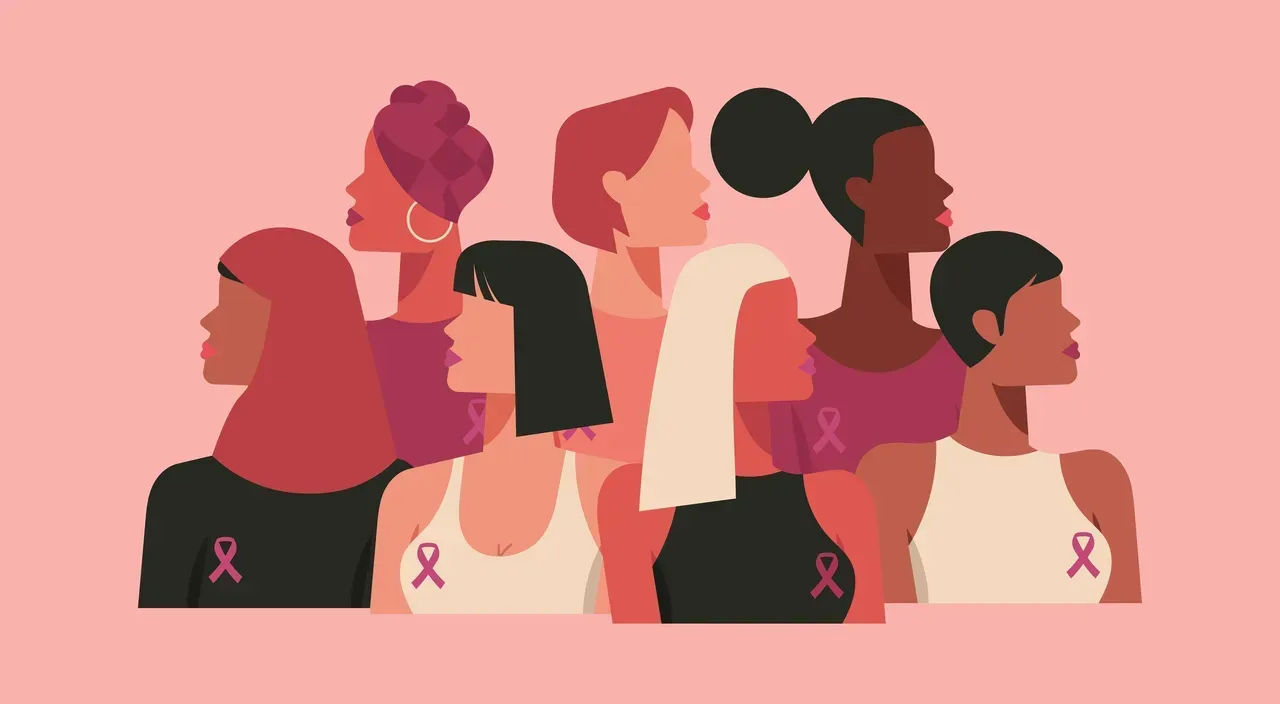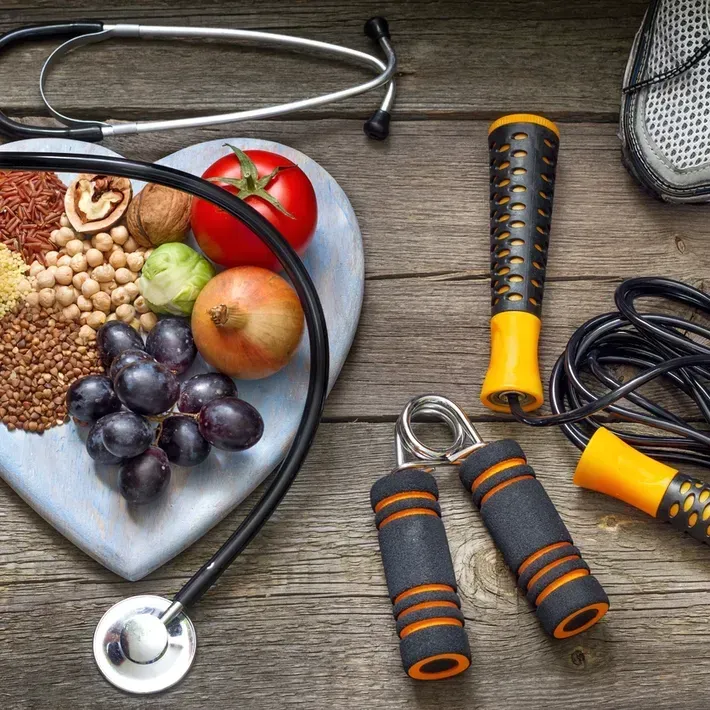



Sometimes going to the doctor can be overwhelming. No woman wants to hear the doctor say, “You have Fibroids.” Initially, this is a scary statement. For many women, knowledge about Fibroids is an unknown topic. However, this topic is more common than not. As a matter of fact, women who are in their reproductive lifespan will develop one or many fibroids. A 2017 study completed by the Agency for Healthcare Research and Quality estimated that over 20 million women between the age 15 and 50 had fibroids. Fibroids, also known as Uterine Fibroids or Leiomyomas, are non-cancerous growths that develop in the wall of the uterus. Fibroids can vary in size, ranging from as small as a seed to as large as a grapefruit or even larger in some cases.
The exact cause of fibroids is not fully understood, but they are believed to be influenced by hormonal factors, particularly estrogen and progesterone. Risk factors for developing fibroids include age (they are more common in women in their 30s and 40s), family history, obesity, and ethnicity (African American women are more likely to develop fibroids compared to women of other ethnicities).
Many women with fibroids do not experience any symptoms and may not even be aware that they have them. However, when symptoms do occur, they can include:
Heavy menstrual bleeding: Fibroids can cause prolonged or heavy periods, sometimes leading to anemia.
Pelvic pain and pressure: Large fibroids can cause discomfort or a feeling of pressure in the pelvic area.
Frequent urination: Fibroids pressing on the bladder can lead to more frequent urination.
Constipation: Fibroids pressing on the rectum can cause constipation or difficulty with bowel movements.
Backache or leg pains: Fibroids can sometimes press on nerves, causing backache or leg pains.
Every woman who develops uterine fibroids may experience the symptoms differently. However, your symptoms are YOUR symptoms and should not be taken lightly. If you start to have any of these symptoms or more, please consult with a doctor. Treatment for fibroids depends on the size, location, and severity of symptoms. Options can range from medications to manage symptoms such as pain and heavy bleeding, hormonal therapies to shrink the fibroids, non-invasive procedures like uterine artery embolization, or surgical options such as myomectomy (removing the fibroids while leaving the uterus intact) or hysterectomy (removing the uterus, which is a definitive treatment but means no possibility of future pregnancies).
I know some of these options may sound concerning. However, it is not the end and not always the first approach. The good news is that even though fibroids can cause changes your body, the diagnosis can be managed, and you are not the only one. Change and management all starts with knowledge. That is why I strongly suggest consulting with your doctor. In the meantime, please consider a healthy lifestyle as a method to lower the risk or even manage already diagnosed uterine fibroids. Eating a well-balanced diet, getting proper rest, regulating your stress levels, and regular exercise are great places to start!
The Coach
Reference: Hartmann KE, Fonnesbeck C, Surawicz T, et al. Management of Uterine Fibroids [Internet]. Rockville (MD): Agency for Healthcare Research and Quality (US); 2017 Dec. (Comparative Effectiveness Review, No. 195.) Evidence Summary. Available from: https://www.ncbi.nlm.nih.gov/books/NBK537747/




Service Areas
Little Rock, North Little Rock, Jacksonville, Maumelle, Bryant


